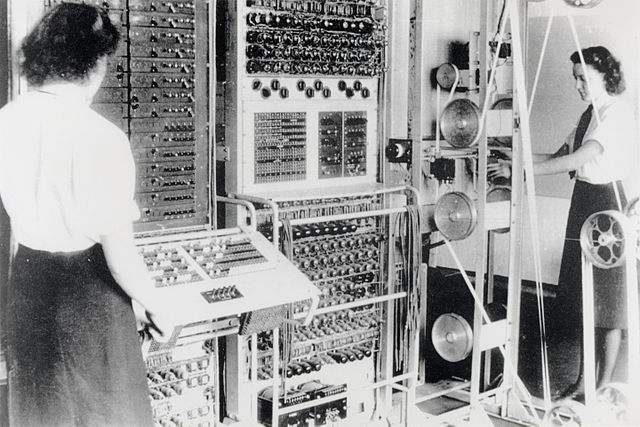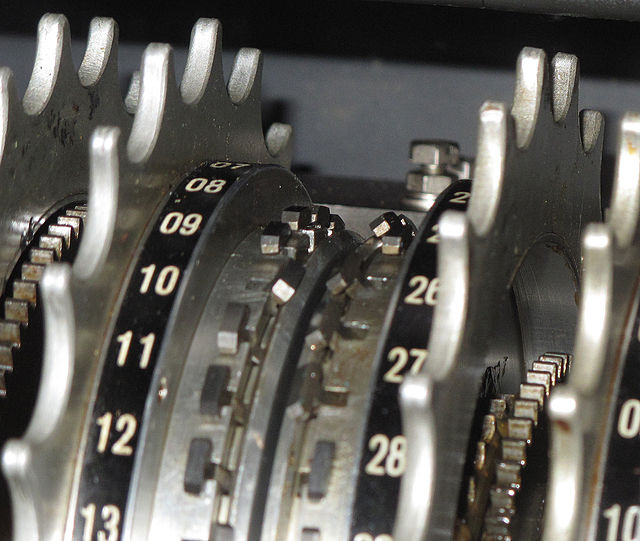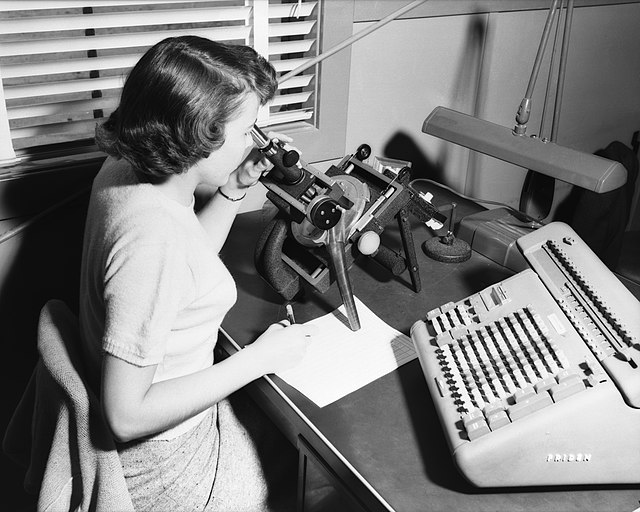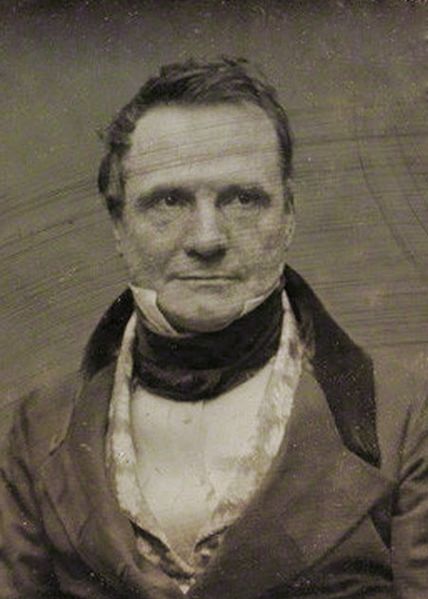Colossus was a set of computers developed by British codebreakers in the years 1943–1945 to help in the cryptanalysis of the Lorenz cipher. Colossus used thermionic valves to perform Boolean and counting operations. Colossus is thus regarded as the world's first programmable, electronic, digital computer, although it was programmed by switches and plugs and not by a stored program.
A Colossus Mark 2 computer being operated by Wrens. The slanted control panel on the left was used to set the "pin" (or "cam") patterns of the Lorenz. The "bedstead" paper tape transport is on the right.
A Lorenz SZ42 cipher machine with its covers removed at The National Museum of Computing on Bletchley Park
The Lorenz SZ machines had 12 wheels, each with a different number of cams (or "pins"). Wheel number 1 2 3 4 5 6 7 8 9 10 11 12 BP wheel name ψ1 ψ2 ψ3 ψ4 ψ5 μ37 μ61 χ1 χ2 χ3 χ4 χ5 Number of cams (pins) 43 47 51 53 59 37 61 41 31 29 26 23
Cams on wheels 9 and 10 showing their raised (active) and lowered (inactive) positions. An active cam reversed the value of a bit (0→1 and 1→0).
A computer is a machine that can be programmed to automatically carry out sequences of arithmetic or logical operations (computation). Modern digital electronic computers can perform generic sets of operations known as programs. These programs enable computers to perform a wide range of tasks. The term computer system may refer to a nominally complete computer that includes the hardware, operating system, software, and peripheral equipment needed and used for full operation; or to a group of computers that are linked and function together, such as a computer network or computer cluster.
A human computer, with microscope and calculator, 1952
The Ishango bone, a bone tool dating back to prehistoric Africa
The Antikythera mechanism, dating back to ancient Greece circa 150–100 BCE, is an early analog computing device.
Charles Babbage c. 1850








